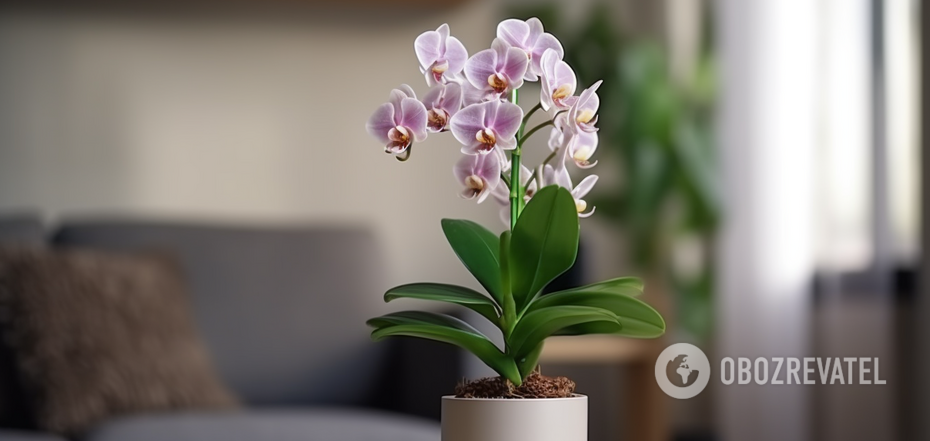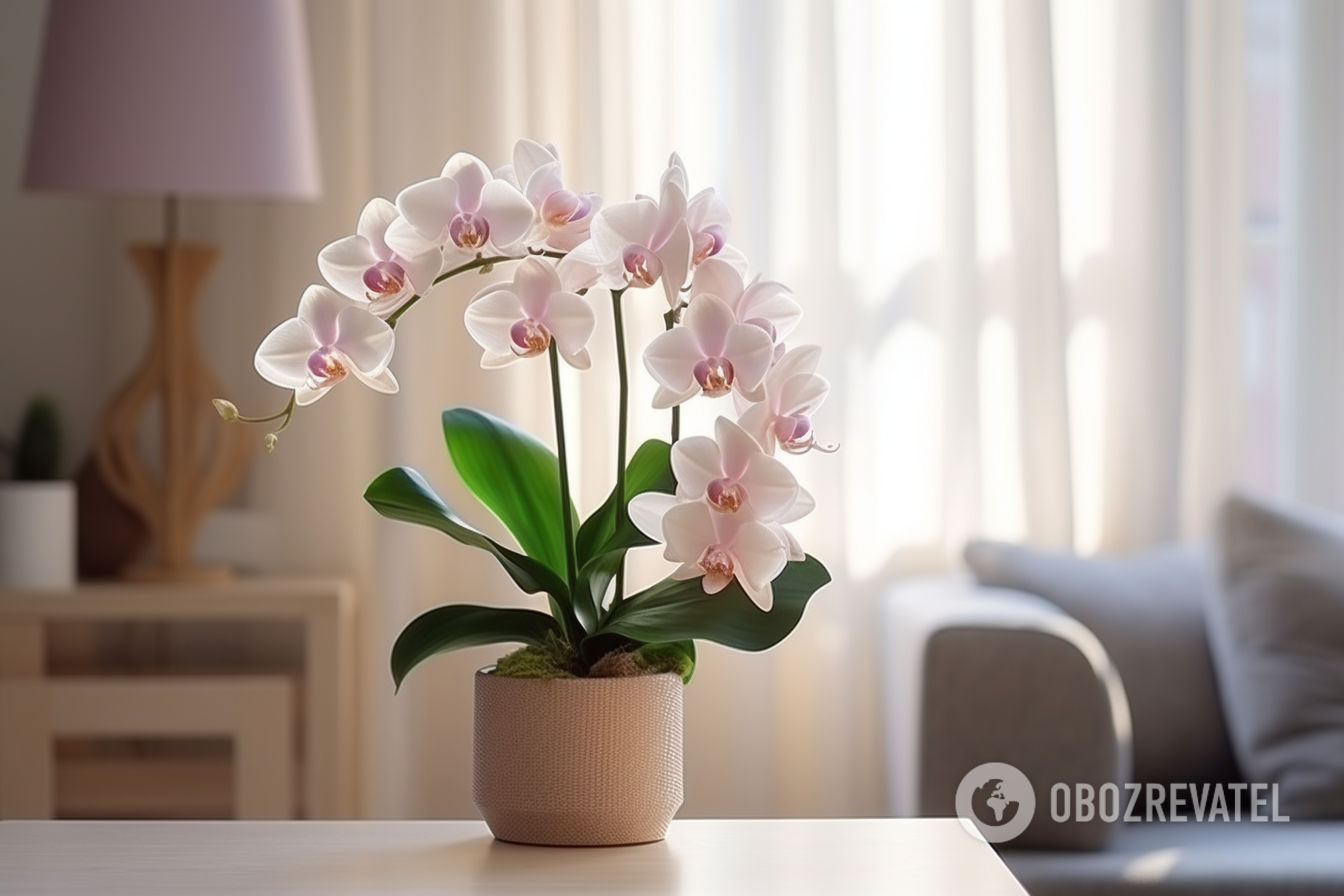Life
How not to "kill" your orchid in winter: four fatal mistakes for the indoor flower
Orchids are among the most demanding indoor plants. The slightest draft or excessive moisture can lead to the loss of flower stalks and root rot. However, difficulty in care is not a reason to give up these graceful and bright flowers, which also help to purify the room air.
There are several mistakes to avoid when caring for an orchid. The Express publication told us about the most common ones.
Mistake 1
Orchids need careful maintenance, especially in the winter months. BabyBio experts noted that there are four fatal mistakes that can ruin a plant. And the first one is the lack of sunlight.
"As with all plants, the sun is essential for orchids to convert light into energy and, in turn, create beautiful blooms," the experts said.
Most orchids thrive in bright but indirect sunlight, so east or west facing windowsills are ideal for most of the year.
Excessive light, especially in the warm seasons, can burn delicate flowers, and with a lack of sun, the orchid simply will not bloom.
Mistake 2
Orchids are very susceptible to root rot, so they will die if left in a wet substrate for a long time.
Dryness in the container can cause the roots to shrivel and dry out. You should always check the moisture content of the compost before watering. You can also sprinkle the orchid lightly with water, but do not leave the leaves wet – this will lead to fungal infections.
Mistake 3
Using the wrong compost is another cause of plant decay. In the wild, orchids are usually epiphytic, meaning they grow on trees, or lithophytic, meaning they grow on rocks. Orchids grow in the rainforest on rough bark, not in regular soil.
You should try to imitate this environment and always plant orchids in bark-based compost. This will promote root aeration and good drainage and prevent waterlogging.
Mistake 4
Orchids should be repotted regularly, but many people leave them in the same pot for years.
Signs that it's time to repot the plant:
- Tight and tangled roots;
- the root system does not have enough space in the container;
- the roots begin to rot or appear soft and brown;
- lack of drainage.
When transplanting, you need to use clean, sharp scissors, as orchids are susceptible to disease.
Subscribe to the OBOZ.UA channels on Telegram and Viber to keep up with the latest events.




























